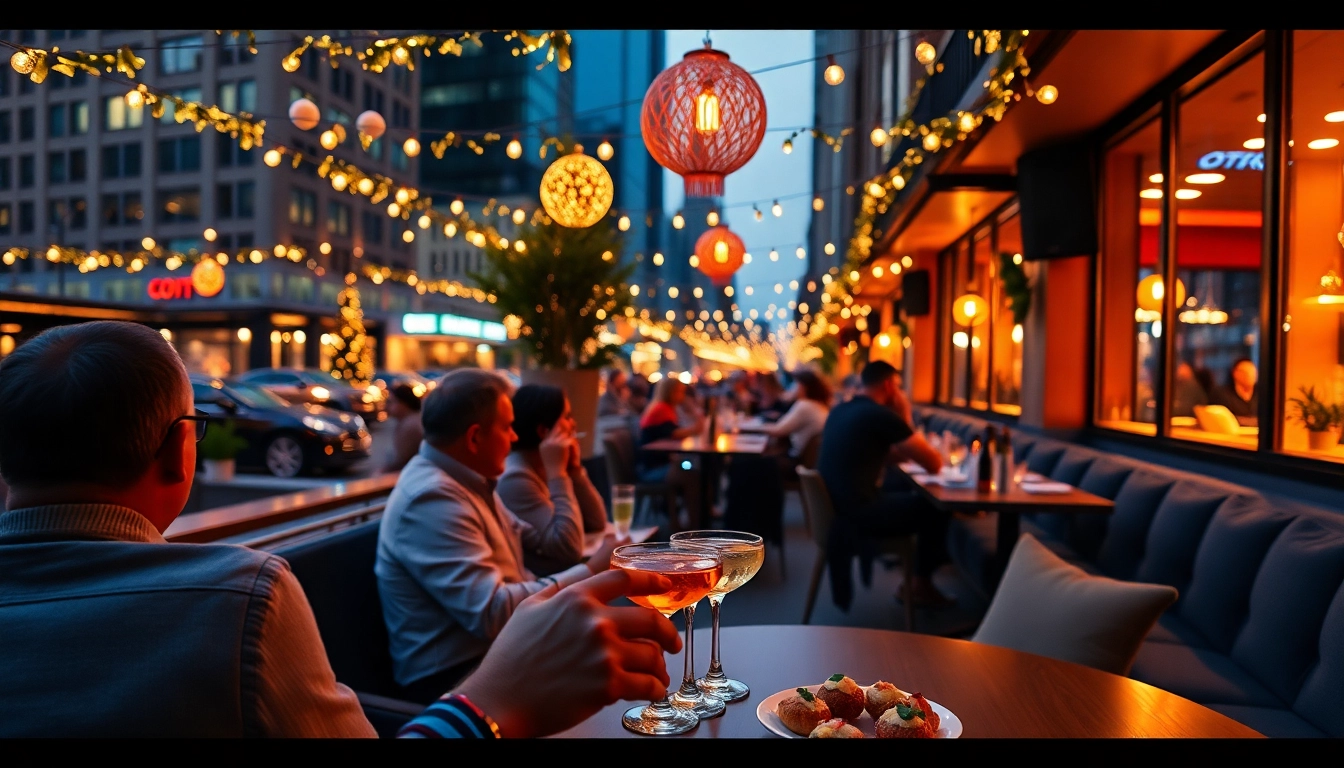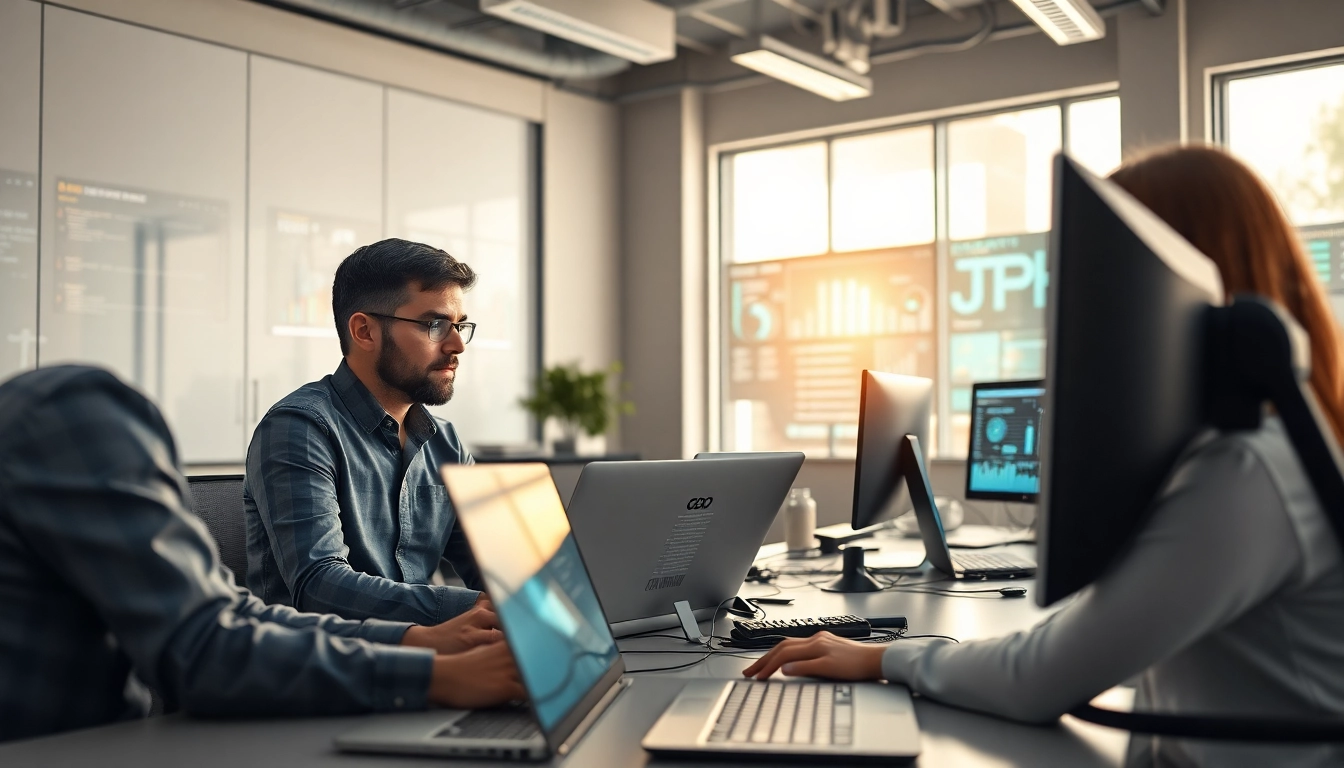Introduction to Movable Glass Partitions
In today’s fast-paced and evolving architectural landscape, the demand for flexible and multifunctional spaces is at an all-time high. Organizations across various industries are increasingly looking to innovative solutions to optimize their layouts and improve operational efficiency. A popular choice that has gained substantial traction in recent years is movable glass partitions. These versatile installations not only enhance the aesthetic appeal of a space but also offer practical benefits such as sound control, light transmission, and spatial flexibility.
What are Movable Glass Partitions?
Movable glass partitions are innovative wall systems that utilize glass panels to create adaptable space divisions within a room. Unlike traditional fixed walls, these partitions allow for quick and easy alteration of room layouts, accommodating a range of uses—from conferences to casual gatherings. They can either slide apart to create a large open area or fold away to create smaller, more intimate settings. This ability to transform a space at a moment’s notice adds to their popularity in modern building design, particularly in corporate environments, educational institutions, and retail spaces.
Benefits of Using Glass Partitions in Modern Spaces
Integrating movable glass partitions into building designs provides several advantages:
- Natural Light Enhancement: Glass partitions maximize the flow of natural light throughout a space, creating a more inviting atmosphere and reducing dependence on artificial lighting.
- Space Flexibility: The ability to easily reconfigure spaces allows organizations to adapt quickly to changing needs, facilitating better use of available square footage.
- Sound Control: Many glass partition systems incorporate sound-dampening technologies that enhance privacy and reduce noise, critical for collaborative environments.
- Aesthetic Appeal: The sleek design of glass partitions elevates the overall aesthetic of an environment, adding a modern touch that appeals to clients and employees alike.
- Increased Property Value: Investing in such contemporary features can enhance the value of a property, making it more attractive to potential buyers or tenants.
Common Applications in Various Industries
Movable glass partitions are utilized across multiple sectors, including:
- Corporate Offices: Many businesses adopt these partitions to create flexible meeting rooms, collaborative workspaces, or even executive suites.
- Educational Institutions: Schools and universities use movable glass partitions to foster collaborative learning environments, allowing teachers to configure classrooms as needed.
- Retail Spaces: Retailers often implement movable partitions to create dynamic displays or to reconfigure the space for special events.
- Hospitality: Hotels and restaurants can employ movable glass walls to provide beautiful views or privacy, enhancing customer experience.
Types of Movable Glass Partitions
Frameless vs. Framed Glass Partitions
One of the primary distinctions among movable glass partitions is whether they are frameless or framed.
- Frameless Glass Partitions: These present a sleek, modern look and provide unobstructed views. They tend to use heavy-duty tempered glass, creating a safe partition that feels seamless and airy.
- Framed Glass Partitions: These are supported by a frame which may offer additional support and customization options. Framed partitions can be designed with various finishes, allowing for greater aesthetics integration into existing décor.
Sliding and Folding Mechanisms
Movable glass partitions can be divided into two main operational types based on their movement mechanics:
- Sliding Mechanisms: With panels that slide along tracks, these systems are particularly suited for larger openings, minimizing the physical space required for operation.
- Folding Mechanisms: Similar to accordion doors, these partitions fold compactly against a wall, making them ideal for smaller spaces that require flexibility without needing a wide clearance area.
Customized Options for Unique Spaces
Many manufacturers offer customizable options for their movable glass partitions, allowing clients to tailor aspects such as:
- Size and Configuration: Custom dimensions can be created to cater to the exact spatial requirements of a project.
- Glass Treatment: Options such as frosted, tinted, or clear glass can enhance privacy and complement design aesthetics.
- Integration with Technology: Some innovative partitions can include features such as electronic controls for automation or can be designed to support smart building technologies.
Installation and Maintenance Considerations
Professional Installation Process
Installing movable glass partitions requires precision and expertise to ensure they function correctly and safely. The installation process generally involves several steps:
- Site Assessment: A thorough evaluation of the installation area is necessary to account for architectural challenges or specific design requirements.
- Design Implementation: The chosen design and specifications are translated into workable engineering plans.
- Installation: Professionals will carefully fit the panels and ensure all mechanisms are functioning as intended.
- Final Adjustments: Adjustments and checks are conducted to ensure optimal performance and aesthetic alignment.
Routine Maintenance Tips for Longevity
Maintaining movable glass partitions is crucial for ensuring they remain in peak condition. Here are some best practices:
- Regular Cleaning: Use appropriate glass cleaners to maintain clarity and remove any smudges or fingerprints.
- Check Mechanisms: Regularly inspect the sliding or folding mechanisms to ensure they operate smoothly, addressing any signs of wear or damage promptly.
- Seal Integrity: Ensure that any seals remain intact to prevent drafts or sound leakage, essential for maintaining room acoustics.
Choosing the Right Professionals for Installation
When selecting an installation team for movable glass partitions, consider the following:
- Experience: Look for contractors with a proven track record in installing glass partition systems.
- References and Reviews: Request references from past clients to gauge satisfaction and workmanship quality.
- Warranty and Support: Ensure that the installation includes warranty services and reliable support for any future maintenance needs.
Designing with Movable Glass Partitions
Integrating Partitions into Existing Designs
Integrating movable glass partitions into existing spaces requires thoughtful design considerations.
It’s crucial to assess how the new partitions will align with current architectural elements, the overall flow within the space, and the intended purpose of each area. Collaboration with interior designers can greatly enhance the incorporation of these partitions, ensuring that aesthetics and functionality coalesce seamlessly.
Color and Material Selection for Aesthetics
While glass itself is often the primary material for these partitions, there are additional components to consider for overall aesthetic appeal:
- Frame Material: Choose from aluminum, wood, or metal finishes that complement existing décor.
- Glass Treatment: Incorporate color tints or decorative coatings that enhance the overall design without sacrificing functionality.
- Accents and Hardware: Select finishes for handles, track systems, and other hardware to ensure they fit the chosen style.
Collaborative Spaces and Workflow Efficiency
The flexibility offered by movable glass partitions can significantly enhance collaborative workflows. By enabling teams to adapt their environments, these partitions help facilitate:
- Better Collaboration: Teams can configure spaces for brainstorming sessions or workshops as needed, boosting creativity and productivity.
- Resource Optimization: Occupying what would typically be underused spaces can lead to optimized resource allocation and enhanced overall workflow.
- Diverse Environments: The ability to shift between open and closed settings encourages dynamic work environments tailored to various tasks.
Real-World Case Studies and Success Stories
Corporate Environment Transformations
One of the most compelling instances of movable glass partitions improving workspace functionality can be seen in a major technology company that redesigned its office layout with these systems. The result was a multi-purpose facility that could transition between collaborative workspaces, meeting rooms, and social areas seamlessly. The increased flexibility decreased time spent configuring spaces while also enhancing worker morale, as employees craved both collaboration and quiet spaces.
Retail Space Innovations
Another notable case in the retail sector illustrated the ability of movable glass partitions to influence customer experience. A leading fashion retailer implemented a flexible layout that allowed them to change their display configurations based on current trends or seasonal promotions. This adaptability led to a noticeable increase in customer engagement and sales, highlighting how spatial flexibility could create a competitive advantage.
Future Trends in Glass Partition Design
Looking forward, the future of movable glass partitions is poised for innovative developments. Expected trends include:
- Smart Glass: The integration of technologies such as electrochromic glass that can change opacity at the touch of a button will allow for greater control over light and privacy.
- Sustainable Materials: A shift toward sustainable practices will drive demand for glass that minimizes energy consumption while maintaining performance.
- Increased Customization: As customer needs diversify, the push for bespoke designs will reshape the market, encouraging more personalized installations.



